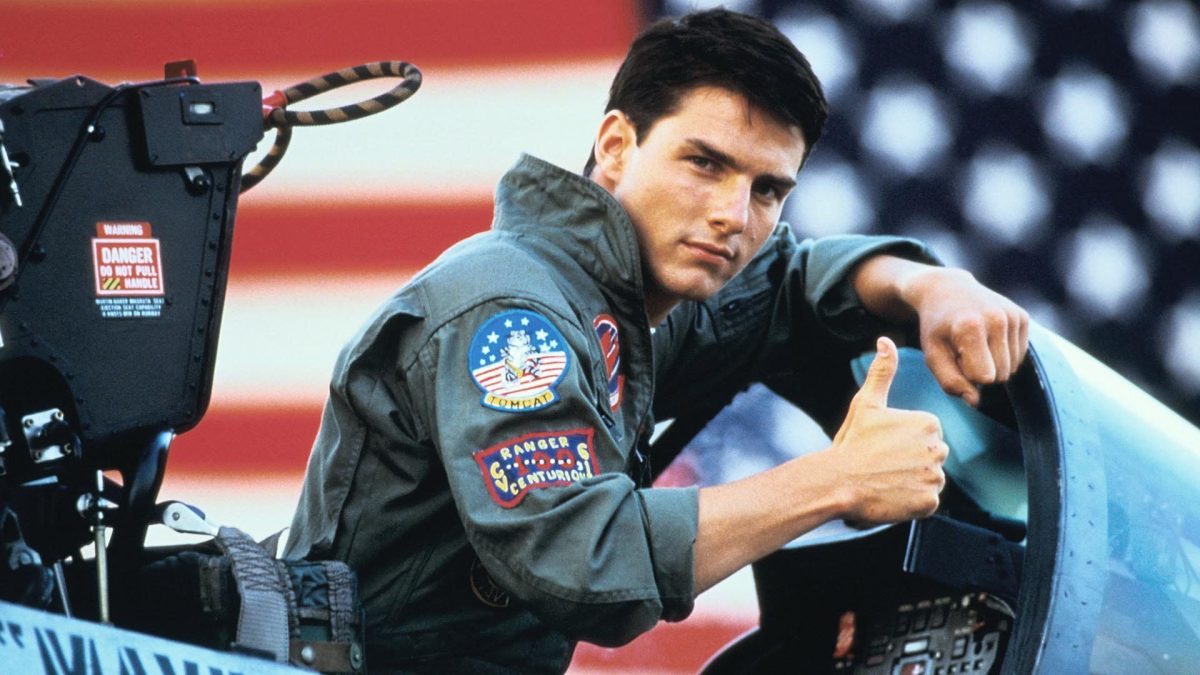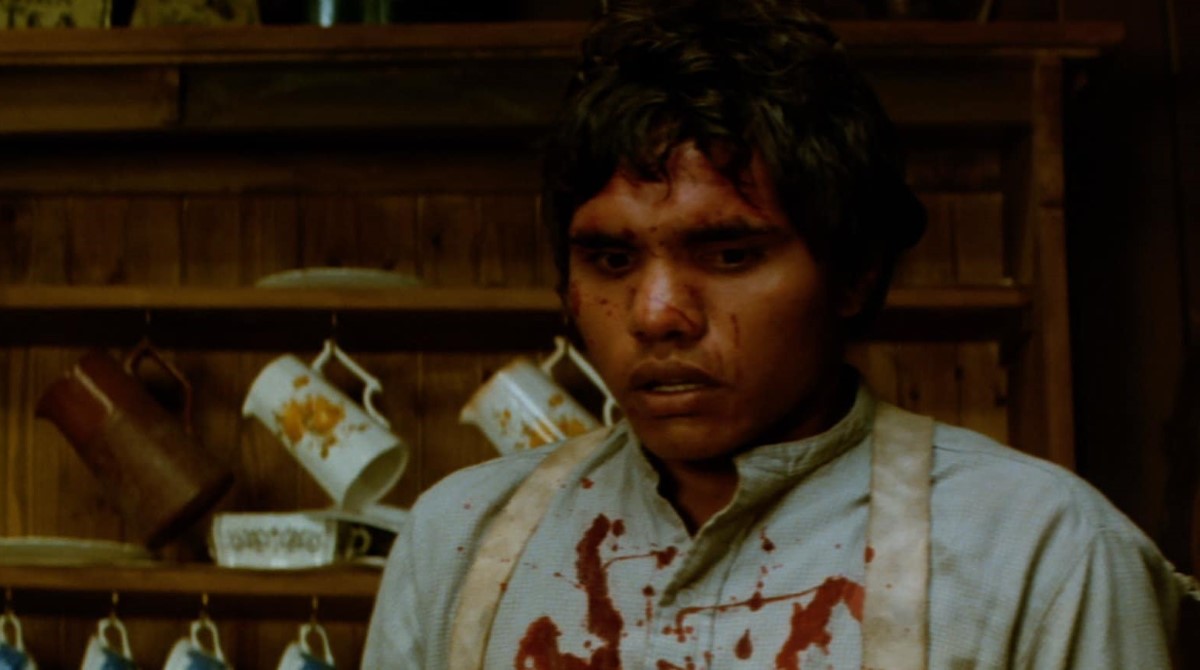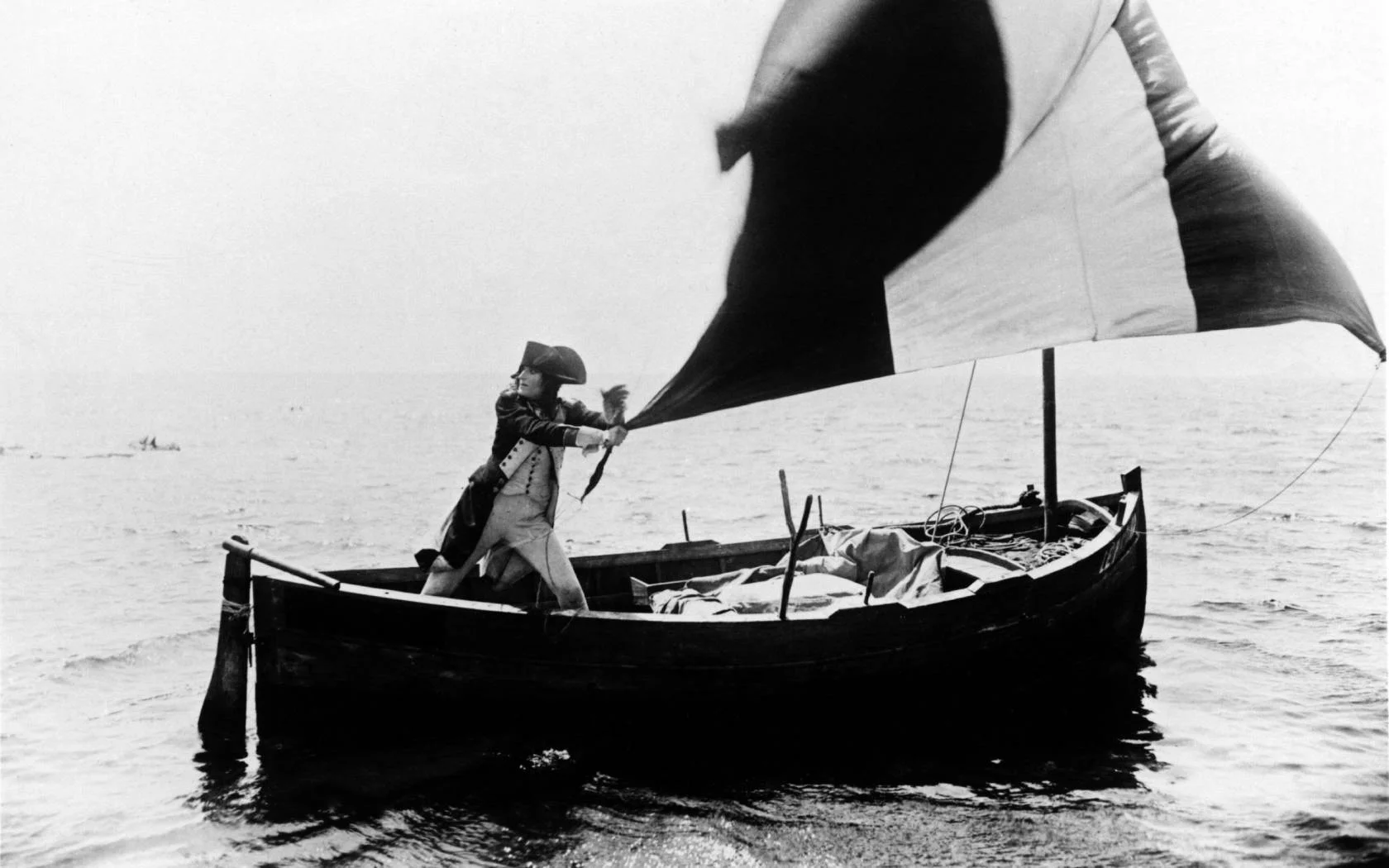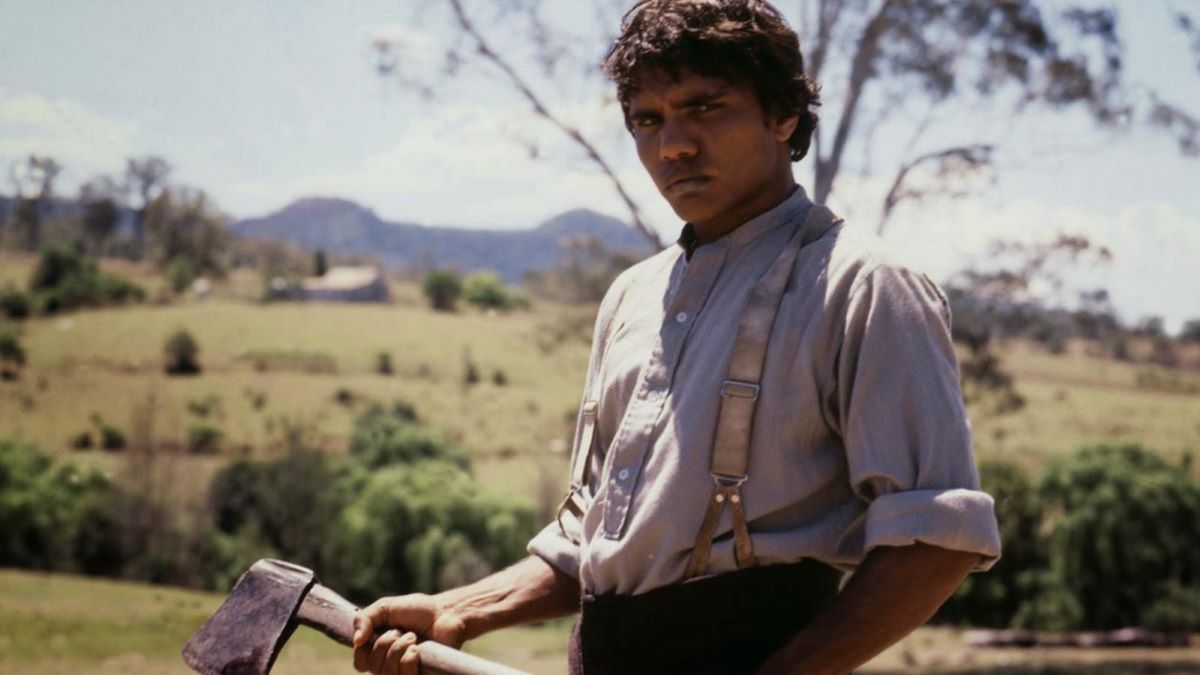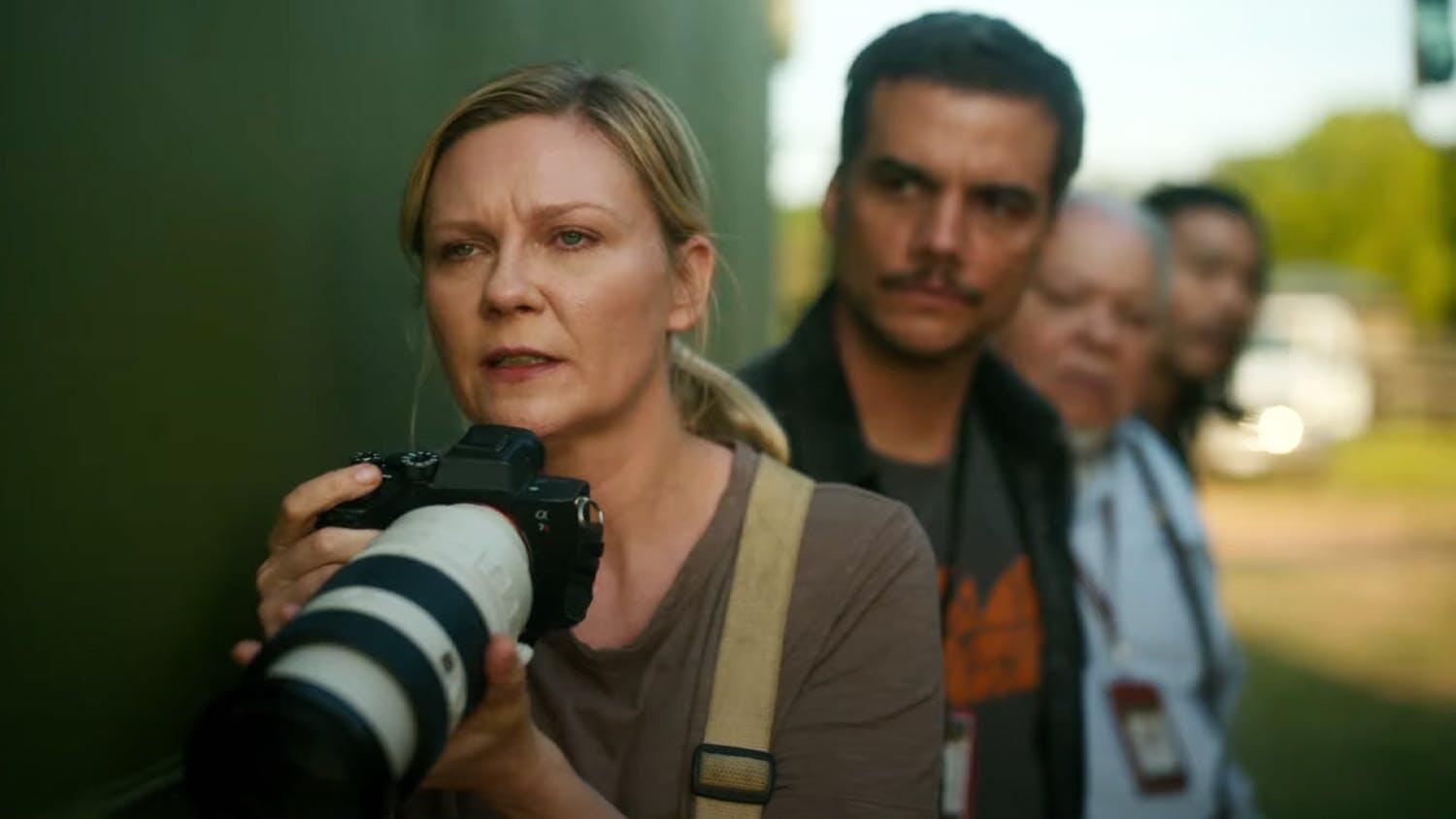by Pauline Kael
The strapping Kelly McGillis spends her time in Top Gun sidling into rooms and leaning against doorways, or slouching or bending, so she won’t overpower her co-star, the relatively diminutive Tom Cruise. In some scenes, she stands slightly behind him, resting on his shoulder with her body contorted into an S so their heads will be on a level. And all the while she does her full-blown best to leer at him sexily. The best part of the movie comes when he’s suffering: he speaks in a little-boy voice and looks such a Nautilized, dinky thing. Trying to instill courage in him, she says throatily, “When I first met you, you were larger than life.”
In Nabokov’s Lolita, Humbert Humbert tortures himself with images of his nymphet in the arms of “kissy-faced brutes”; that’s what Top Gun is full of. When McGillis is offscreen, the movie is a shiny homoerotic commercial featuring the élite fighter pilots in training at San Diego’s Miramar Naval Air Station. The pilots strut around the locker room, towels hanging precariously from their waists, and when they speak to each other they’re head to head, as if to shout “Sez you!” It’s as if masculinity had been redefined as how a young man looks with his clothes half off, and as if narcissism is what being a warrior is all about.
In between the bare-chested maneuvers, there’s footage of ugly snub-nosed jets taking off, whooshing around in the sky, and landing while the soundtrack calls up Armageddon and the Second Coming—though what we’re seeing is training exercises. Photographed up close in a heavy make-believe fog, the planes turn into mythic beasts, the men in the ground crews are adjuncts of these beasts, and the high-powered music simulates a primeval storm. But once the planes are in the sky the jig is up. When aerial dogfights are staged with jets, the pilots are barely visible—you can’t tell them apart—and it’s all so quick and depersonalized there’s nothing to see but hunks of steel flashing by.
What is this commercial selling? It’s just selling, because that’s what the producers, Don Simpson and Jerry Bruckheimer, and the director, Tony (Make It Glow) Scott, know how to do. Selling is what they think moviemaking is about. The result is a new “art” form: the self-referential commercial. Top Gun is a recruiting poster that isn’t concerned with recruiting but with being a poster.
The New Yorker, June 16, 1986

